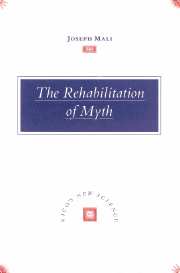Introduction
Published online by Cambridge University Press: 30 September 2009
Summary
On 14 May 1825, Samuel Taylor Coleridge wrote a letter to a friend, describing his first impressions of Vico's New Science:
I am more and more delighted with G. B. Vico, and if I had (which thank God's good grace I have not) the least drop of Author's blood in my veins, I should twenty times successively in the perusal of the first volume (I have not yet begun the second) have exclaimed: ‘Pereant qui ante nos nostra dixere’.
Coleridge's curse in disguise still haunts Vichian scholars, many of whom must have had felt the same ambivalent sensation of déjà lu, as if they had already read – if not actually written – Vico's words. Of all the legends surrounding the man and his work, the legend of Vico the forerunner, the sage who grasped and expressed many truths of the future, has proven the most attractive, though hardly the most constructive, to interpreters of his work. Like Coleridge, many modern readers of the New Science believe, genuinely enough, to have discovered in its cryptic formulations affinities, or even outright solutions, to their own research problems. If, as Isaiah Berlin has noted, there is ‘a particular danger that attends the fate of rich and profound but inexact and obscure thinkers, namely that their admirers tend to read too much into them, and turn insensibly in the direction of their own thoughts’, then surely Vico and his interpreters have been particularly prone to it.
- Type
- Chapter
- Information
- The Rehabilitation of MythVico's 'New Science', pp. 1 - 15Publisher: Cambridge University PressPrint publication year: 1992



